Understanding the Power of Community in Social Well-Being
Community programs serve as vital platforms for enhancing social participation across diverse populations. These initiatives not only foster connections among individuals but also strengthen the fabric of communities by promoting inclusion, resilience, and shared well-being. Effective community engagement is rooted in strategic approaches, tailored interventions, and meaningful participation, ultimately contributing to improved mental health, social cohesion, and quality of life.
Strategies for Promoting Social Participation via Community Programs
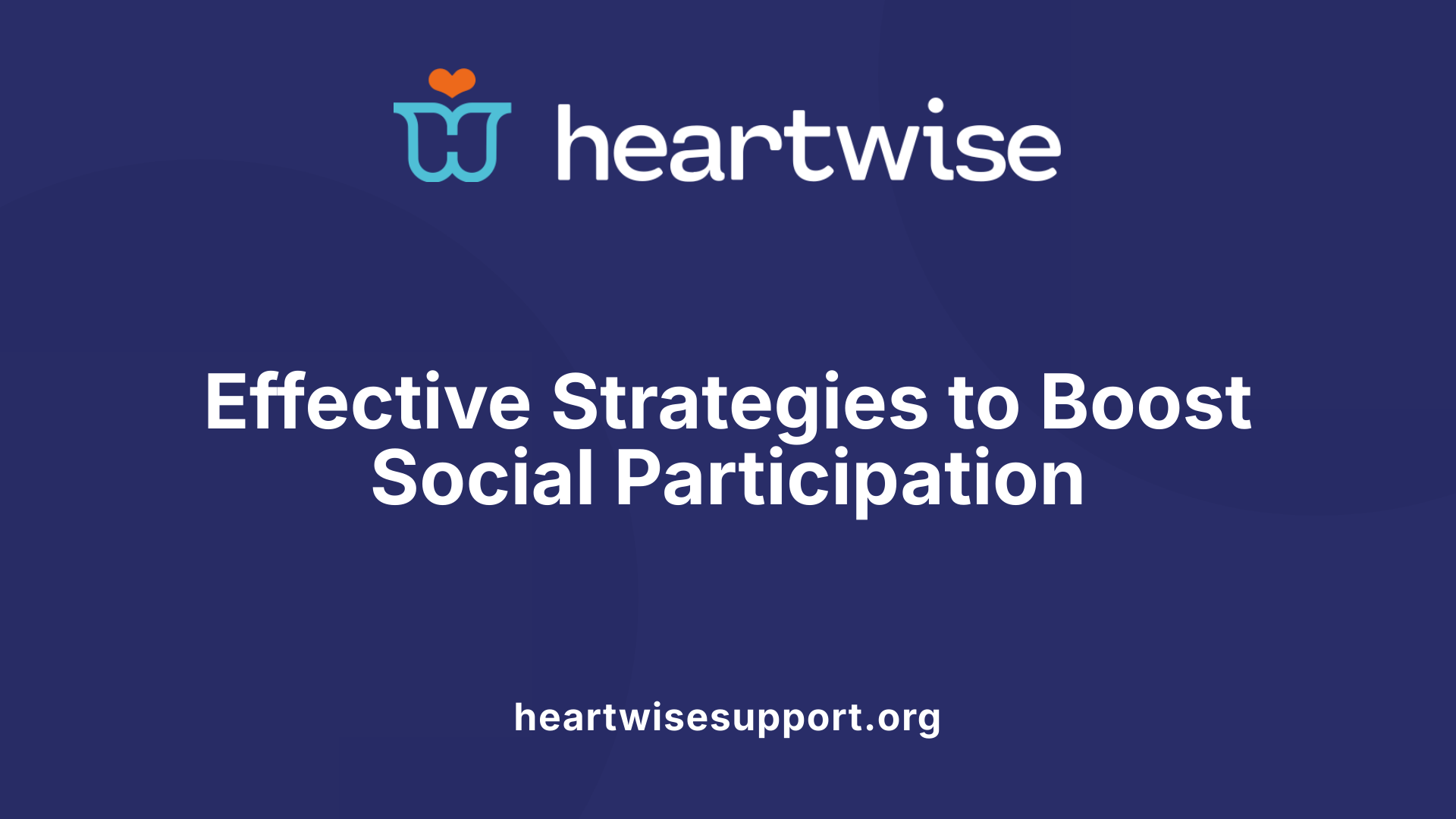
What are effective strategies for promoting social participation through community programs?
Promoting social engagement requires a broad and inclusive approach. One effective strategy involves diversifying engagement channels, especially through technology and virtual platforms. This includes social media, videoconferencing, and online community spaces which help reach individuals who may not participate in physical gatherings due to mobility limitations or geographic distances.
In addition, designing programs that are inclusive and tailored to community needs enhances participation. Needs-based programs consider the specific demographics, cultural backgrounds, and interests of community members, making activities more relevant and welcoming.
Community-led initiatives play a vital role as well. When residents are involved in planning, decision-making, and evaluating programs, they develop a sense of ownership. Techniques such as community meetings, focus groups, and partnership with local organizations strengthen this participatory planning and foster long-term engagement.
Physical modifications to the environment can also facilitate social interactions. Creating accessible green spaces, community gardens, parks, and gathering areas encourages spontaneous and organized social activities. These spaces serve as hubs for connection and interaction.
Furthermore, building strong relationships through intergenerational programs, support groups, and civic participation promotes social bonds across age groups and cultural backgrounds.
Implementing these strategies collectively helps create a vibrant, inclusive community where social participation is the norm. It supports mental health, reduces isolation, and enhances overall community resilience.
| Strategy | Methodology | Impact |
|---|---|---|
| Diversified engagement channels | Utilizing technology, social media, virtual platforms | Reaches wider audiences, especially marginalized groups |
| Needs-based program design | Tailoring activities to community demographics | Increases relevance and participation |
| Community-led initiatives | Participatory planning, local partnerships | Fosters ownership and commitment |
| Environmental modifications | Creating accessible green spaces and public areas | Facilitates spontaneous social interactions |
By integrating these methods, communities can strengthen social bonds and create an environment where everyone feels valued and engaged.
Models and Initiatives Increasing Social Connections
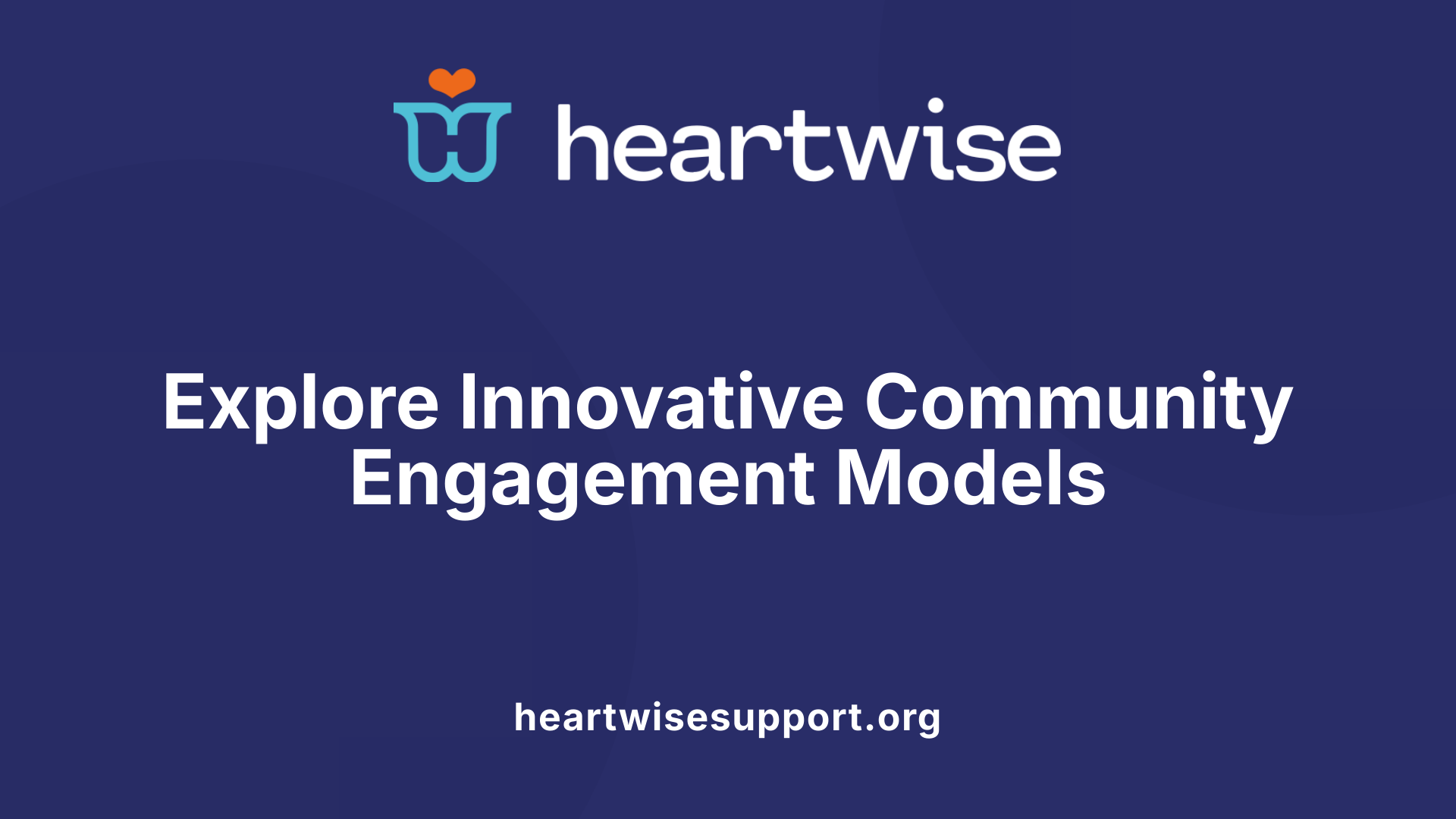
What are some examples and models of community engagement initiatives aimed at increasing social connections?
Community engagement efforts that promote social connection span various activities and models focused on fostering inclusion and collaboration. Practical examples include maintaining community gardens, organizing blood drives, supporting local farmers’ markets, and establishing support groups. These initiatives create opportunities for direct interaction among community members, building trust and social ties.
Structured approaches like Asset-Based Community Development (ABCD), Community-Based Participatory Research (CBPR), and the ACE continuum provide frameworks for organizing and empowering communities. ABCD emphasizes leveraging existing strengths and assets within neighborhoods. CBPR involves residents actively in research and decision-making processes, ensuring programs are relevant and inclusive.
Intergenerational activities and health/wellness programs serve to bridge age gaps, creating meaningful relationships between seniors and youth—examples include mentorships, cultural exchanges, and joint wellness projects. Integrating technology, such as virtual meetings, social media platforms, and online surveys, extends outreach, particularly to underserved or isolated populations.
Partnerships with local organizations are vital for sustainable relationship building. Collaborating with nonprofits, government agencies, schools, and businesses enhances outreach, resource sharing, and program development.
Together, these models and initiatives strengthen social networks, increase community resilience, and improve overall quality of life by fostering trust, support, and active participation across diverse groups.
Designing and Implementing Inclusive and Cohesive Community Programs
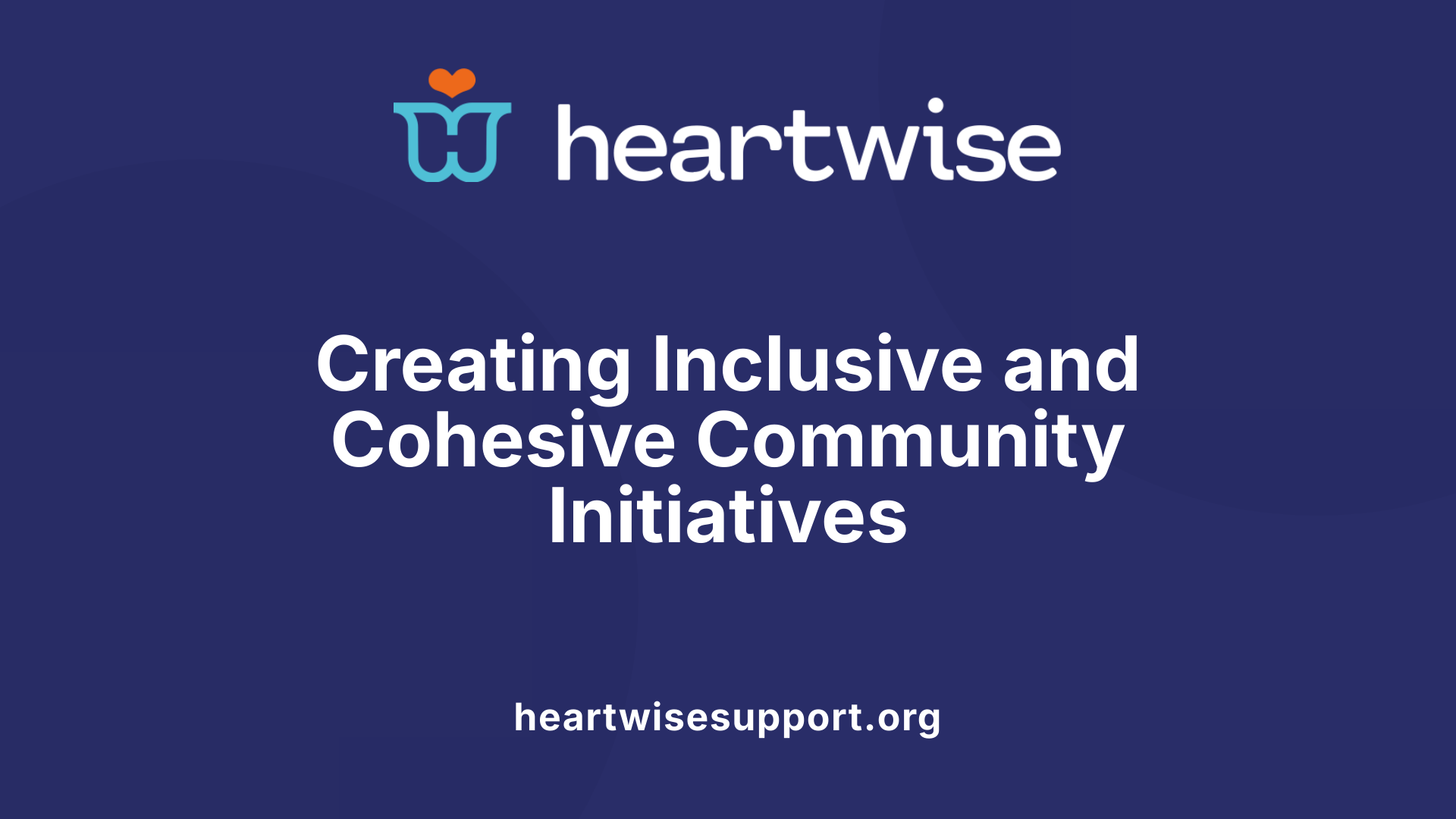
How can community programs be designed and implemented to foster social cohesion and inclusion?
Creating community programs that truly promote social cohesion and inclusion requires a thoughtful and participatory approach. Engaging diverse groups from the start through methods like co-design and community-led initiatives ensures that programs reflect the needs, preferences, and cultural backgrounds of all residents. This inclusive process not only boosts relevance but also empowers community members, fostering a sense of ownership.
Incorporating cultural, recreational, and educational activities tailored to local identities helps bridge gaps between different groups. These activities can range from intercultural festivals to language classes or art projects, all aimed at enhancing understanding and mutual respect. This approach strengthens social bonds and nurtures a collective sense of belonging.
Establishing accessible public spaces is fundamental. Well-designed parks, community centers, or shared facilities provide neutral grounds for social interactions. Features such as ramps, signage, and multi-use areas make these spaces inviting for people of all ages and abilities, encouraging regular engagement and spontaneous interactions.
Partnerships are vital for success. Collaborating with local organizations, government bodies, schools, and residents ensures that resources are pooled and programs stay relevant. Such alliances also help in mobilizing community support, securing funding, and maintaining sustained engagement.
To ensure long-term effectiveness, ongoing evaluation with feedback mechanisms is essential. Using surveys, community forums, and data collection tools allows program organizers to monitor progress, adapt activities based on community input, and address emerging needs. This iterative process leads to stronger social ties, greater inclusion, and resilient communities that can adapt to changing circumstances.
By combining participatory planning, inclusive activities, accessible spaces, strategic partnerships, and continuous assessment, communities can build environments where everyone feels valued and connected, fostering lasting social cohesion.
Tailored Community Programs for Specific Populations
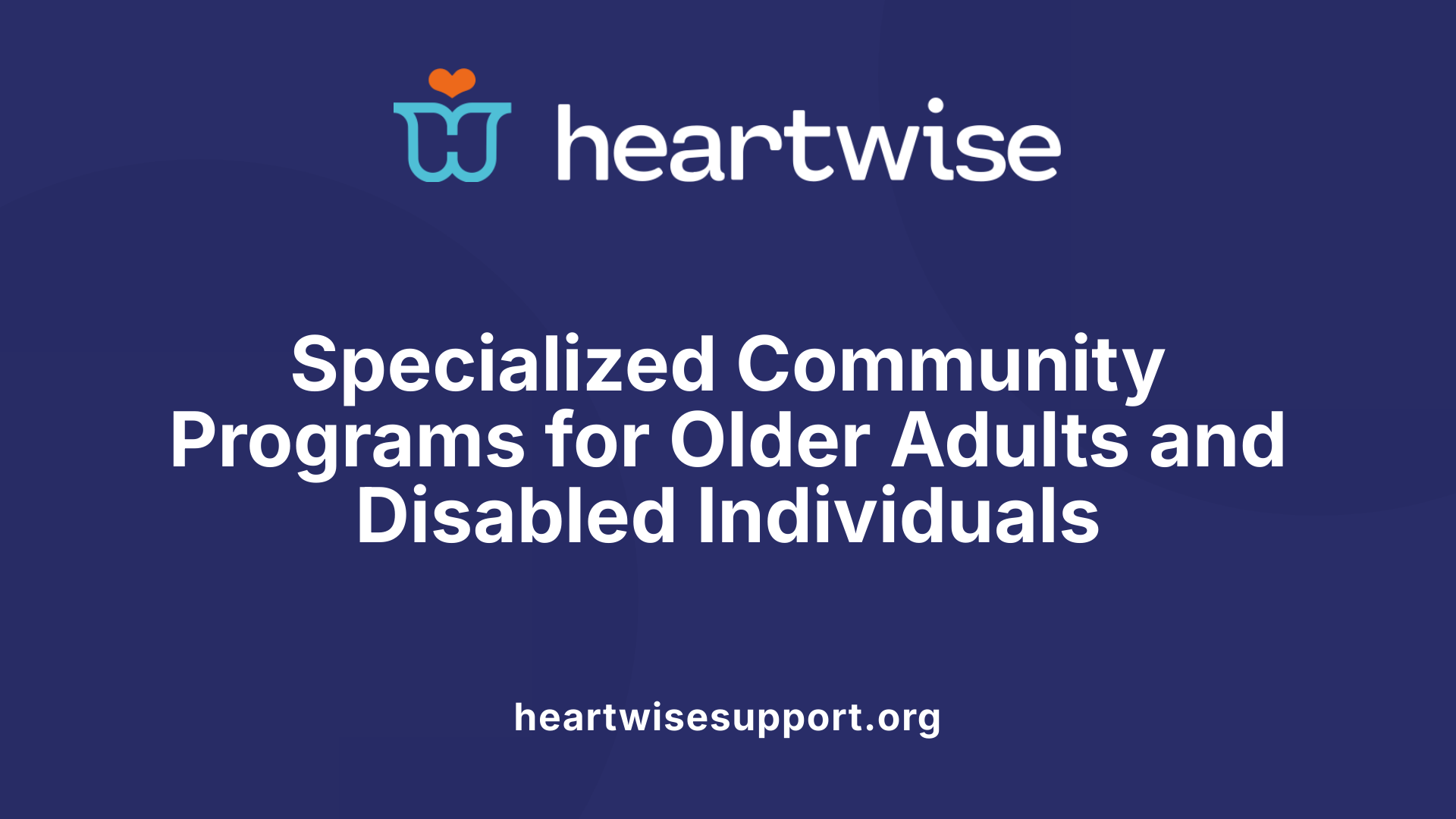
What types of community programs are tailored to specific groups such as older adults and individuals with disabilities?
Community programs designed for older adults and those with disabilities are diverse and focused on enhancing independence and social engagement. These include various home and community-based services such as care coordination, home modifications, transportation assistance, nutrition support, and personal care. Such services allow individuals to stay in their homes while receiving necessary support.
Programs like the Program of All-Inclusive Care for the Elderly (PACE) and Medicaid’s Home and Community-Based Services Waivers are instrumental in providing access to health, personal, and supportive services, especially in rural or underserved areas. These programs help bridge gaps in care, facilitating continued community living.
Beyond basic support, community organizations offer recreational activities, senior centers, adult day programs, and caregiver support groups. These initiatives help foster social connections, reduce loneliness, and promote community integration.
Overall, these tailored offerings prioritize accessibility, foster strong support networks, and aim to improve quality of life for elderly and disabled populations, ensuring they remain connected, active, and cared for within their communities.
Impact of Community Programs on Social Well-Being and Mental Health
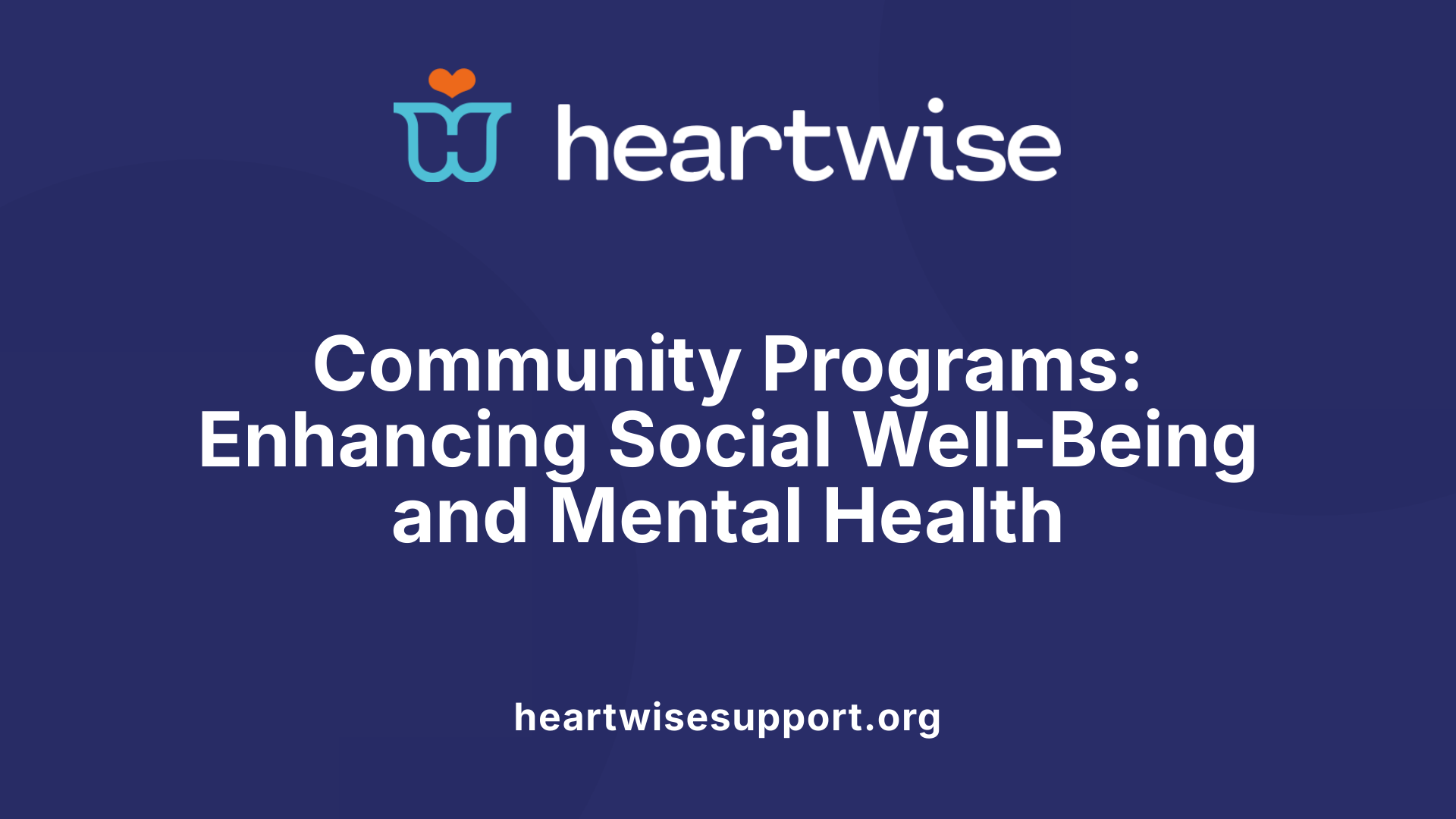 Community programs play a vital role in improving social well-being and mental health by actively fostering connections among residents. Engaging in activities like support groups, civic participation, volunteering, and recreational events creates opportunities to build meaningful relationships. These social bonds are instrumental in reducing loneliness and feelings of isolation, which are often linked to emotional distress.
Community programs play a vital role in improving social well-being and mental health by actively fostering connections among residents. Engaging in activities like support groups, civic participation, volunteering, and recreational events creates opportunities to build meaningful relationships. These social bonds are instrumental in reducing loneliness and feelings of isolation, which are often linked to emotional distress.
Participation in such programs nurtures emotional resilience and provides individuals with a sense of purpose. Whether through peer support initiatives or intergenerational activities, community involvement enhances self-worth and psychological strength, helping participants cope better with stress and adversity.
Research consistently shows a close association between active community participation and positive mental health outcomes. People who are involved in their neighborhoods tend to report fewer symptoms of depression, anxiety, and stress. Conversely, weak social ties and isolation are connected to higher risks of mental health issues.
Furthermore, community programs improve access to mental health services by integrating support within familiar environments. Initiatives like mental health first aid, local workshops, and peer-led programs foster trust and openness, encouraging individuals to seek help when needed.
This active social fabric boosts social capital—trustful, cooperative relationships within neighborhoods—which enhances communal support and collective resilience. As a result, neighborhoods become more cohesive and supportive, contributing to a healthier societal environment.
Overall, these programs contribute not only to individual well-being but also strengthen community trust and social networks. By reducing social disconnectedness, fostering emotional resilience, and enhancing access to care, community initiatives lead to a healthier, more connected society that benefits everyone.
Bringing It All Together for Resilient, Inclusive Communities
Community programs, when thoughtfully designed and inclusively implemented, have the potential to transform neighborhoods into resilient, connected, and supportive environments. By employing diverse strategies, fostering partnerships, engaging residents at every level, and addressing the unique needs of various populations, these initiatives promote social cohesion, mental health, and a sense of belonging. The ongoing commitment to evaluation, innovation, and inclusivity ensures that community participation remains dynamic and impactful, ultimately uplifting the well-being of all community members and strengthening the social fabric.
References
- Promising Approaches to Promote Social Connection - CDC
- 5 Proven Ways to Build Social Connections in Your Community
- New Model Programs Added to Social Engagement Innovations Hub
- Community Engagement - The Compass for SBC
- How Community Participation Programs Enhance Social Connections
- What is Community Engagement: Examples & Models - GovOS
- Which Programs Encourage Community Involvement?
- and community-level strategies to improve social connectedness ...
- The Importance of Social and Community Participation | Scope Au
- Encourage More Citizens to Participate in Community Engagement











